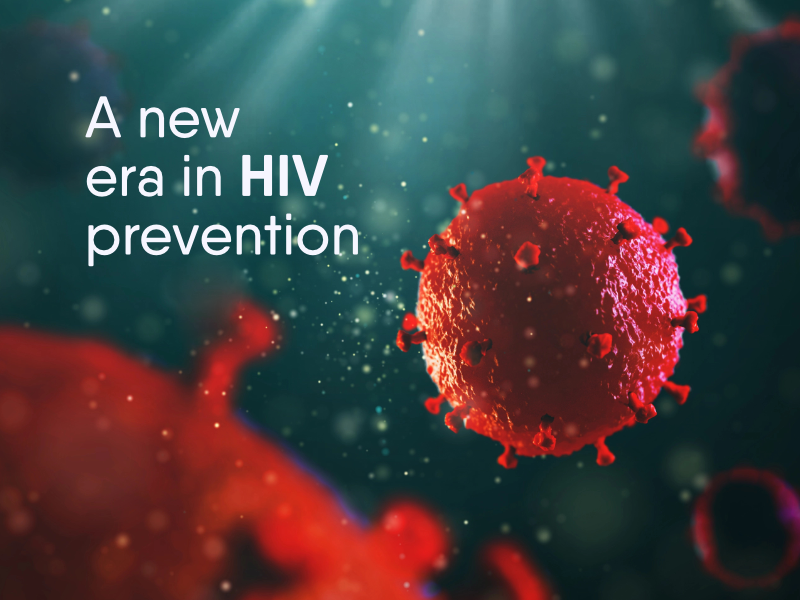Preventing Common Infectious Diseases
- Byon8 Team
- Aug 6, 2024
- 3 min read
Infectious diseases have shaped human history, affecting populations across the globe. With advancements in medicine and public health, many of these diseases can be prevented or managed effectively. This article explores the most common infectious diseases, their impact, and the essential steps we can take to prevent them.
Understanding Common Infectious Diseases
Infectious diseases are caused by pathogenic microorganisms such as bacteria, viruses, parasites, or fungi. These diseases can spread directly or indirectly from one person to another. Some of the most common infectious diseases include:
Influenza (Flu)
Impact: The World Health Organization (WHO) estimates that seasonal influenza results in 3-5 million severe cases and 290,000-650,000 respiratory deaths worldwide each year.
Prevention: Annual vaccination, good respiratory hygiene, and regular hand washing.
Tuberculosis (TB)
Impact: According to the WHO, TB is one of the top 10 causes of death, with 10 million people falling ill and 1.5 million dying from TB in 2018.
Prevention: Bacille Calmette-Guérin (BCG) vaccination, prompt treatment of active TB cases, and improved living conditions.
Hepatitis B and C
Impact: The WHO reports that 257 million people live with hepatitis B and 71 million with hepatitis C globally. These diseases are major causes of liver cirrhosis and cancer.
Prevention: Hepatitis B vaccination, safe injection practices, and blood screening.
HIV/AIDS
Impact: Approximately 38 million people worldwide were living with HIV at the end of 2019 (UNAIDS).
Prevention: Safe sex practices, regular HIV testing, and antiretroviral therapy (ART).

Key Prevention Strategies
Preventing infectious diseases requires a multifaceted approach that includes vaccinations, good hygiene practices, safe food and water consumption, and public health initiatives.
Vaccination
Vaccination is one of the most effective ways to prevent infectious diseases. Vaccines stimulate the immune system to recognize and fight specific pathogens. Common vaccines include those for influenza, measles, mumps, rubella, hepatitis B, and HPV.
Good Hygiene Practices
Hand Washing: Regular hand washing with soap and water can reduce the transmission of pathogens.
Respiratory Hygiene: Covering the mouth and nose with a tissue or elbow when coughing or sneezing prevents the spread of respiratory infections.
Personal Hygiene: Regular bathing and maintaining cleanliness helps reduce the risk of skin infections and other communicable diseases.
Safe Food and Water Consumption
Food Safety: Properly cooking and storing food, washing fruits and vegetables, and avoiding unpasteurized dairy products can prevent foodborne illnesses.
Clean Water: Ensuring access to clean and safe drinking water, treating water sources, and using water purification methods are crucial in preventing waterborne diseases.
Vector Control
Insect Control: Using insect repellent, sleeping under insecticide-treated nets, and eliminating standing water can reduce the risk of vector-borne diseases like malaria and dengue.
Environmental Management: Proper waste disposal and sanitation can prevent the breeding of disease vectors.
Public Health Initiatives
Surveillance and Monitoring: Monitoring disease outbreaks and trends helps in early detection and response to infectious diseases.
Education and Awareness: Public health campaigns to educate communities about prevention methods and the importance of vaccinations are essential in reducing disease spread.

Conclusion
Preventing common infectious diseases is a shared responsibility that requires the cooperation of individuals, communities, and governments. By implementing effective prevention strategies such as vaccination, good hygiene practices, safe food and water consumption, and vector control, we can significantly reduce the burden of infectious diseases and improve public health outcomes. Stay informed, stay vigilant, and take proactive steps to protect yourself and your community from infectious diseases.



Comments